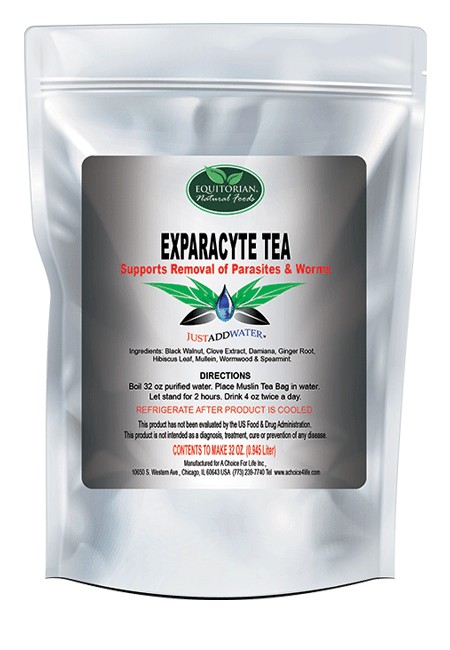
Helminths are an adult Ascaris lumbriocoides worm. They can range from 3″ to 9″.
Helminths are large, multicellular organisms that are generally visible to the naked eye in their adult stages. Like protozoa, helminths can be either free-living or parasitic in nature. In their adult form, helminths cannot multiply in humans. There are three main groups of helminths (derived from the Greek word for worms) that are human parasites:
-
Flatworms (platyhelminths) – these include the trematodes (flukes) and cestodes (tapeworms).
-
Thorny-headed worms (acanthocephalins) – the adult forms of these worms reside in the gastrointestinal tract. The acanthocephala are thought to be intermediate between the cestodes and nematodes.
-
Roundworms (nematodes) – the adult forms of these worms can reside in the gastrointestinal tract, blood, lymphatic system or subcutaneous tissues. Alternatively, the immature (larval) states can cause disease through their infection of various body tissues. Some consider the helminths to also include the segmented worms (annelids)—the only ones important medically are the leeches. Of note, these organisms are not typically considered parasites.

Eradicating Parasites and Worms
According to the CDC (Centers for Disease Control) Worms and parasites can be contracted from a variety of ways. Most commonly:
-
Transfer between humans (kissing and sex included)
-
Coming into contact with unclean surfaces (countertops and doorknobs)
-
Food that is improperly prepared
-
Contact with human hands that are unwashed
